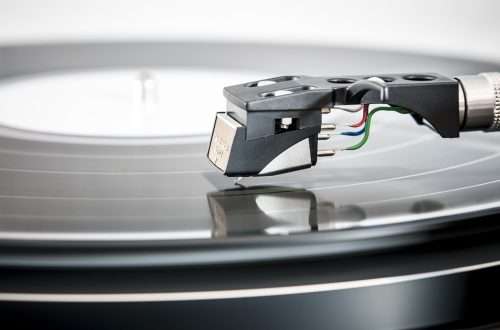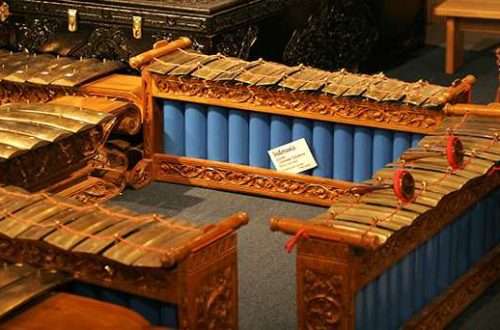
About the guitar neck
Contents
The neck on the guitar is a long handle made of wood; an important part of the instrument, which serves to press the strings. It changes the length of the strings and makes it possible to get the sound of the desired height. The musician, performing a composition on the guitar, is constantly in contact with the fretboard while pressing the strings to it. The shape of the neck affects the convenience of playing, its technique, and the sound of the entire instrument.
There are fretboards with or without frets . Classical and acoustic instruments have frets, and bass guitars play without frets .
There are several types of wood suitable for making necks .
Types of guitar necks
Each type of guitar has its own fretboard . For example, there are:
- Wide neck – inherent in classical instruments. With rare exceptions, it happens with other models: the Queen guitarist used a signature instrument with a wide neck . Thanks to this parameter, you can perform romance, classical composition, flamenco, jazz .
- Narrow neck – they are equipped with electric guitars, acoustic instruments. With its help, grunge, hardcore, metal, fingerstyle, fast and technically complex compositions are performed. Narrow necks are available from Yamaha, Ibanez RG, Jackson Soloist.

Neck materials
The neck of the guitar is developed from different breeds that affect the quality of the reproduced sound. The main body is produced from:
- cherries;
- maple;
- bubinga;
- wenge;
- mahogany.
Most of the necks are made from maple. The wooden neck is varnished to protect it from deformation and moisture.
There are two main cuts for developing necks :
- Radial – the trunk is cut through its core. The material has a uniform color and a uniform texture, so the products are resistant and durable to external influences. This neck is durable, wear-resistant, fixed in a given angle for a long time, withstands significant stress, makes the sound bright, and clearly outlines the lower notes.
- Tangential – the trunk is cut at a certain distance from the core. The vulture a has a bright texture, a beautiful pattern with annual rings. The cost of necks is less compared to analogues. Products are flexible, require more frequent adjustments, are sensitive to humidity and temperature changes.
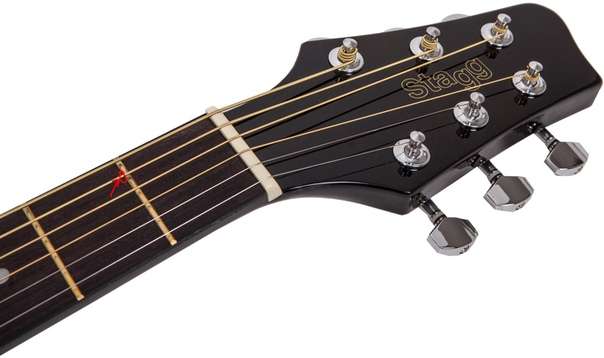
Shapes and sizes
The size of the neck of an electric guitar, acoustic or classical, and other types of instruments determines the comfort of playing: playing compositions of certain styles, playing chords . There are three forms:
- Rounded – a standard suitable for rock and blues . Round necks are offered by Fender and Gibson.
- Wide or thin – designed for fast or heavy compositions. For example, with the help of Yamaha, Jackson Soloist, Ibanez RG instruments, they play grunge, alternative, metal, hardcore, hard rock.
- With variable radius – serves as a compromise between thin / wide or rounded types. At the head it is rounded, and near the deck it becomes flat. Products cost more than usual, because they are not installed on all models of guitars.
Attaching the neck to the guitar
The neck of a guitar is set in a variety of ways that determine the sound of the instrument. Each has its own characteristics, allowing you to achieve a certain sound quality from the guitar. There are 4 types of attachment:
- On bolts (bolted): earlier the method was popular, now it is typical for budget tools. Bolt-on neck electric guitars are well-suited for hard rock; also these tools are universal.
- Glued – most often it is the fretboard of an electric guitar. It is attached to a special recess with epoxy resin. With a warm and smooth tone, this guitar is the guitar of choice for jazz players.
- Thru-mounted – the most expensive neck found on bass guitars. It has high sustain due to the excellent acoustic conductivity of the wood. The sound is even; the instrument is suitable for solo parts.
- With a semi-through mounting – it is characterized by a closer touch of the neck to the body and the sound is closer to an instrument with a neck that is fastened through.
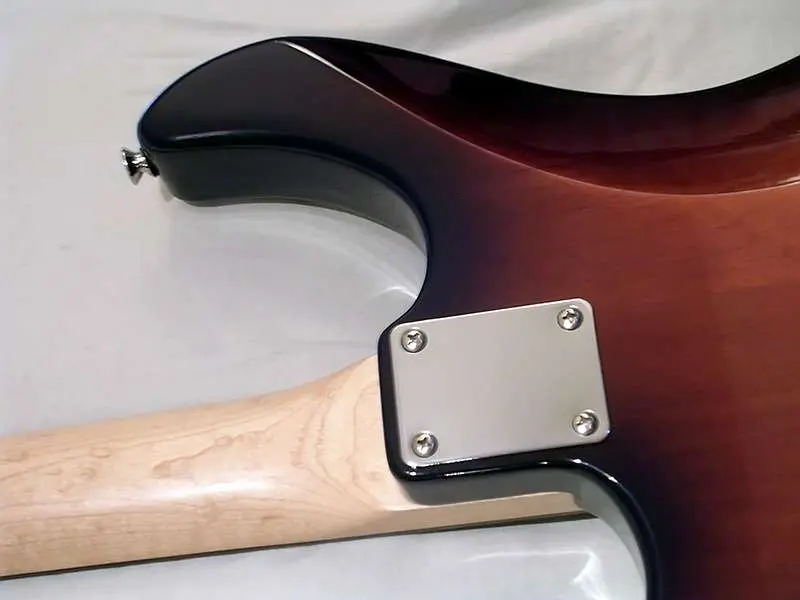
Guitar neck design
Conventionally , the neck is divided into three parts:
- Head with pegs that stretch the strings.
- Frets for separating note sounds.
- Heel attached to the body in different ways.
Operating principle
The fretboard of an acoustic guitar and other types of instrument helps to get the correct tone of a note when it is pressed at the place marked with the help of a fret . For each string, a scale is defined , that is, the length of its sound: the smaller it is, the higher the sound. With the help of a bridge , the scale is rebuilt in order to evenly sound the strings and the ability of the guitar to build along the entire fretboard .
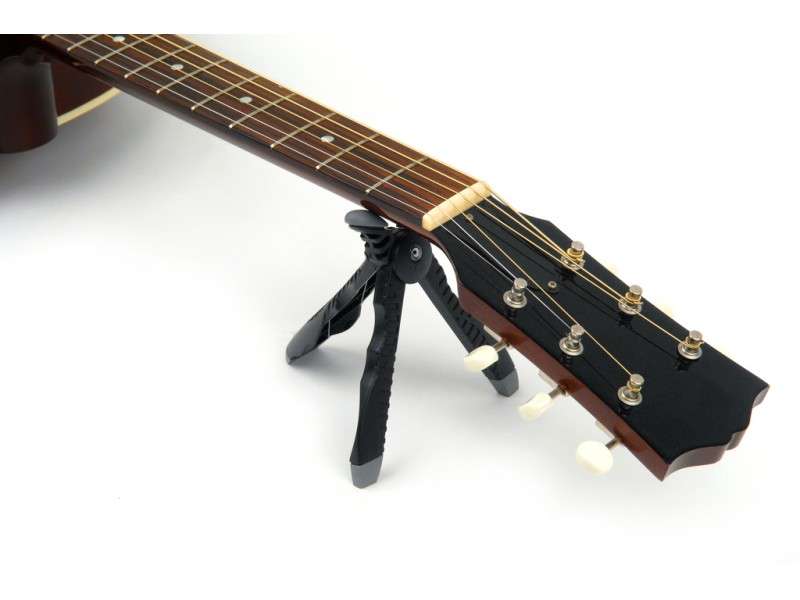
Neck selection and tips from the experts
Here are a few rules that guide you to choose a tool:
- Decide on the genre in which you plan to perform compositions.
- If a beginner musician has no experience, it is worth asking a professional to help.
- When choosing a fretboard , it’s best to go to a land-based music store to hold the guitar in your hands, check how comfortable it is.
- There must be no scratches, defects or cracks on the neck .
- Before buying, check the adequacy of the proposed price, the benefits of purchasing a guitar.
- Pay attention to the quality of the wood.
- The neck must be absolutely even along the entire length.
Answers on questions
| Which neck is the best? | It is recommended to take comfortable. A bolted one produces a powerful and sharp tone, a glued one produces a sustain . |
| Wide or narrow? | The neck should lie comfortably in the hand. |
| What is the correct guitar neck ? | Without curvature, with precisely marked frets and scale. There should be a comfortable distance between the fingerboard and the strings for clamping. Strings should not rattle. |
| The most secure mount? | Each type is good if made qualitatively. But the bolt -on neck warps; glued rarely needs to be adjusted. |
Conclusion
The neck has different types, is developed from different types of wood. For each type of instrument, the parameters of this part determine the sound. The neck for an electric guitar contributes to the issuance of different sounds than a similar part of an acoustic instrument.
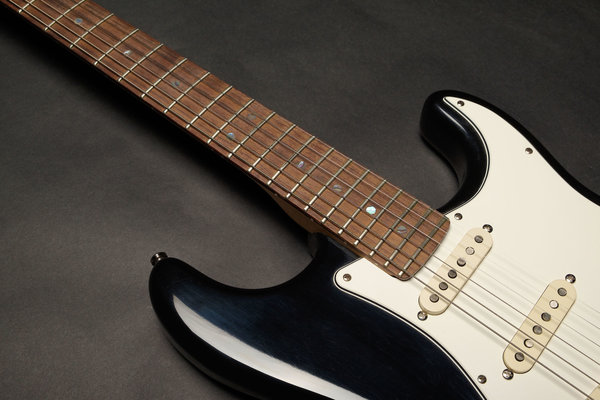
The fretboard is undoubtedly an important part of the guitar. In many ways, fundamentally determining the quality of sound. The neck , like the guitar as a whole, must be chosen with an understanding of the goals and objectives of the instrument. And if you have any doubts, it is better to ask for help from professionals.



